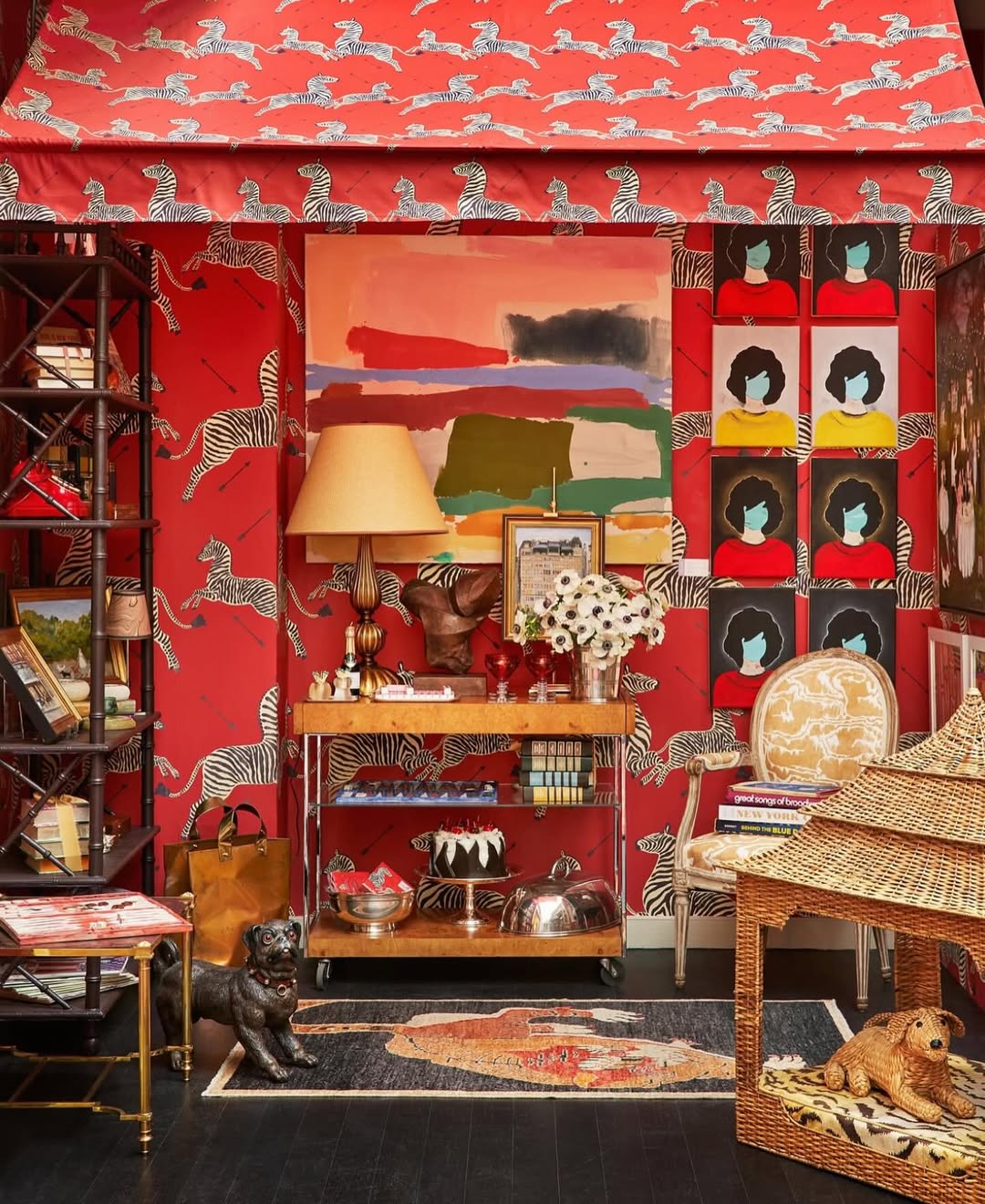How to organize a children’s room?

Three principles of organization: visible, accessible, and tucked away – creating a tidy home that even children can follow
You can also change the title listed above and add new articles as well. Edit your Articles from the Pages tab by clicking the edit button. This is a generic article you can use for adding article content / subjects on your website.
You can edit all of this text and replace it with anything you have to say in your news/topic article. You can also change the title listed above and add new articles as well.
Edit your Articles from the Pages tab by clicking the edit button. This is a generic article you can use for adding article content / subjects on your website.
You can edit all of this text and replace it with anything you have to say in your news/topic article. You can also change the title listed above and add new articles as well. Edit your Articles from the Pages tab by clicking the edit button. This is a generic article you can use for adding article content / subjects on your website. You can edit all of this text and replace it with anything you have to say in your news/topic article. You can also change the title listed above and add new articles as well. Edit your Articles from the Pages tab by clicking the edit button. This is a generic article you can use for adding article content / subjects on your website.
You can edit all of this text and replace it with anything you have to say in your news/topic article. You can also change the title listed above and add new articles as well. Edit your Articles from the Pages tab by clicking the edit button.

Principle 1: VisibilityChildren need easy-to-understand storage methods to avoid messing around with items they can't find.
Key Points to Avoid:
Use transparent storage boxes to clearly see items.
Open storage compartments reduce the need for pull-outs.
Image and text labels help children quickly sort items.
Principle 2: ReachabilityIf the height of items isn't appropriate for their age group, children may give up on tidying up because they "can't reach."
Key Points to Avoid:
Plan heights based on age.
Place heavy items on the lower shelves to avoid handling hazards.
Place dangerous or fragile items up high, away from children.
Principle 3: RetrievalStorage isn't just about "putting things in"; it also requires rules so children know when to put things back in their proper places.
Key Points to Avoid:
Each category of items has a designated "home" (a fixed location).
Set a maximum capacity (a fixed quantity) to avoid overstocking.
Rotate or eliminate items when they're full to maintain fluidity.
Storage Tips: Fixed Location, Quantity, and TimeTo make storage a daily habit, you can use this simple tip:
Fixed Location: Everything has a designated place.
Quantity: Storage space has a limit to avoid endless accumulation.
Time: Every day, five minutes before bed, return items to their "home."
This routine will help children naturally develop good storage habits.

Children's room partition and traffic flow design
Functional zoning: clearly plan three core areas
1. Play Area
120–160 cm wide mat is recommended for easy movement and safety.
low, open storage box should be placed next to the mat to keep toys close at hand.
2. Reading/Desk Area
desk with a depth of 52–60 cm is recommended to provide ample study space.
desk lamp and a file tray should be included to keep books and homework organized.
3. Clothing Area
drawer and low hanging rail are recommended to accommodate children's height and make changing clothes more convenient.

Flow Design: Create Smooth, One-Stop Storage
1. Entryway Storage StationSet up small trays and hooks so children can hang up their backpacks and hats as soon as they get home.
2. Bedside SpacePrepare a story basket and nightlight to create a bedtime ritual.
Avoid cluttering the sleeping area to ensure a quiet and relaxing sleep environment.
3. Aisle FlowA minimum clear width of 90 cm is required to avoid overcrowding.
Ensure cabinet doors do not interfere with each other when fully open, ensuring a smooth flow.
Full Mantra: Play - Store - SleepAchieve a gradual progression in flow and zoning:
Play: Play area activities →
Store: Entryway or area storage →
Sleep: Bedside story basket to end the day.
This arrangement not only creates order in the space but also fosters a good storage habit in children.
Modular Storage Tips | Dimensions of Boxes, Baskets, and Racks: Create an Efficient Kids' Room Organization SystemCommon Module Sizes and Corresponding Items1. Cube CabinetInner Diameter: Approximately 30 × 30 × 30 cm
Suitable for: Building Block Boxes, Puzzle Boxes
Features: Perfect size, easy to sort and access.
2. Shallow Boxes (5–8 L)
Suitable for: Building Blocks, Cars, LEGO Themes
Principle: One box for one category, avoid mixing.
3. Medium Boxes (15–25 L)
Suitable for: Tracks, Models, Soft Building Blocks
Features: Large capacity, suitable for larger toys.
4. Deep Drawers (30–40 cm)
Suitable for: Stuffed Animals, Balls
Features: Deep, suitable for soft or bulky items.
Open vs. Closed StorageOpen storage: Quick access and quick return, suitable for frequent daily use.
Closed storage (with lid): dust-proof, suitable for low-frequency use or seasonal toys.
